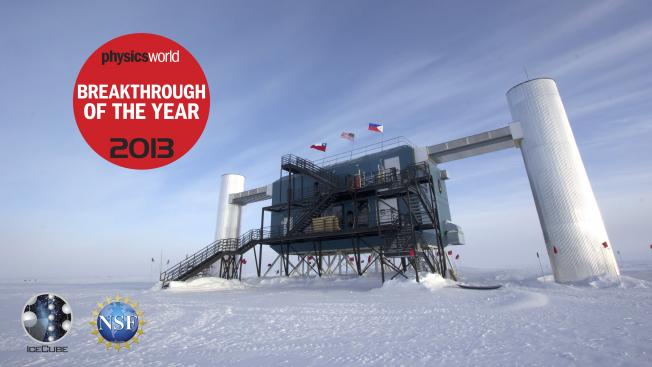Analytical estimates of proton acceleration in laser-produced turbulent plasmas
(2018)
Combined analysis of cosmic-ray anisotropy with IceCube and HAWC
Sissa Medialab srl (2018)
Abstract:
During the past two decades, experiments in both the northern and southern hemispheres have observed a small but measurable energy-dependent sidereal anisotropy in the arrival direction distribution of Galactic cosmic rays with relative intensities at the level of one per mille. Individually, these measurements are restricted by limited sky coverage, and so the power spectrum of the anisotropy obtained from any one measurement displays a systematic correlation between different multipole modes Cℓ . We present the results of a joint analysis of the anisotropy on all angular scales using cosmic-ray data collected during 336 days of operation of the High-Altitude Water Cherenkov (HAWC) Observatory (located at 19° N) and 5 years of data taking from the IceCube Neutrino Observatory (located at 90° S) The results include a combined sky map and an all-sky power spectrum in the overlapping energy range of the two experiments at around 10 TeV. We describe the methods used to combine the IceCube and HAWC data, address the individual detector systematics, and study the region of overlapping field of view between the two observatories.Review of Particle Physics*
American Physical Society (APS) 98:3 (2018) 030001
Multi-messenger observations of a flaring blazar coincident with high-energy neutrino IceCube-170922A
ArXiv 1807.08816 (2018)
Abstract:
Individual astrophysical sources previously detected in neutrinos are limited to the Sun and the supernova 1987A, whereas the origins of the diffuse flux of high-energy cosmic neutrinos remain unidentified. On 22 September 2017 we detected a high-energy neutrino, IceCube-170922A, with an energy of approximately 290 TeV. Its arrival direction was consistent with the location of a known gamma-ray blazar TXS 0506+056, observed to be in a flaring state. An extensive multi-wavelength campaign followed, ranging from radio frequencies to gamma-rays. These observations characterize the variability and energetics of the blazar and include the first detection of TXS 0506+056 in very-high-energy gamma-rays. This observation of a neutrino in spatial coincidence with a gamma-ray emitting blazar during an active phase suggests that blazars may be a source of high-energy neutrinos.Neutrino emission from the direction of the blazar TXS 0506+056 prior to the IceCube-170922A alert
ArXiv 1807.08794 (2018)



